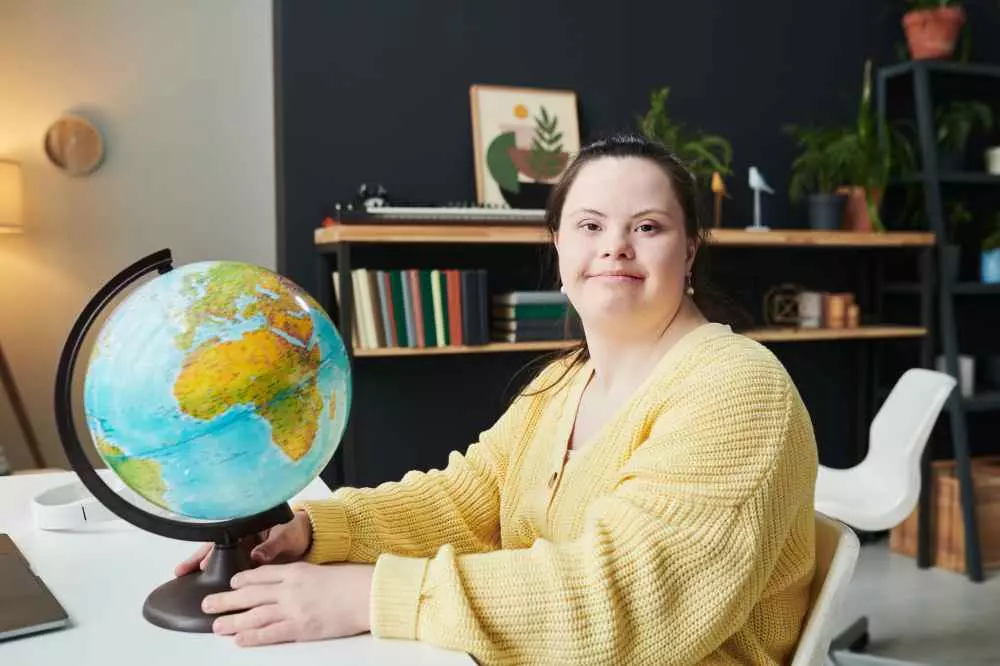Every student deserves equal access to education, regardless of their individual needs and limitations. This is why it is so important for educational institutions to be welcoming and open to people with disabilities. However, many academic communities still struggle with the problem of inadequate disclosure of disabilities by students. In this article, we will look at the impact of institutions on the disclosure of students' disabilities, and present some practical solutions that can help improve the situation.
Why do some students with disabilities not disclose their condition?
There are many reasons why students with disabilities may choose not to disclose their condition to an educational institution. Some of these reasons include fear of stigmatization, fear of discrimination and lack of trust in the institution. Often, students with disabilities also have difficulty identifying and defining their needs, making it difficult for them to effectively disclose their condition.

Types of disabilities and their impact on studying
Disabilities can take many different forms from physical, to sensory, cognitive or emotional. Each type of disability has a different impact on the learning and studying process. Those with physical disabilities may find it difficult to move around campus, while those with cognitive disabilities may need extra time to assimilate material. Providing adequate resources and support for these different types of disabilities is key to enabling effective study.
The impact of institutions on disability disclosure
Educational institutions have a strong influence on the decision of students with disabilities to disclose their condition. If the institution is friendly and open, students may feel more confident and comfortable in disclosing their disability. Otherwise, if the institution does not provide adequate resources and support, students may fear rejection or mistreatment. That's why it's important for institutions to have appropriate policies and procedures for disclosing disabilities, and to provide accessible and tailored support resources for students with various disabilities.
Practical solutions for educational institutions
There are a number of practical solutions that can help educational institutions improve the disclosure of disabilities by students. Here are some of them:
1. Creating a welcoming and open environment: Institutions should promote a culture of acceptance, respect diversity and provide a feeling of safety for all students, regardless of their disabilities. This will allow students to feel more trust in the institution and be more willing to disclose their needs.2. Inform students about available resources and support: institutions should clearly communicate to students what resources and support are available for people with disabilities. This will allow students to find and use the appropriate support more quickly.
3. Individualized approach to students: Institutions should approach each student with disabilities individually and provide them with reasonable accommodations. This will allow them to better understand and meet the individual needs of students.
4. Training for institution staff: Institutions' staff should be adequately trained to handle and provide support to students with disabilities. This will allow them to respond more effectively to students' needs.
Summary
Educational institutions play a key role in improving disclosure of students' disabilities. By creating a welcoming and open environment, providing accessible resources and support, and providing individualized attention to students, institutions can help enable equal access to education for all. It is worth remembering that every student deserves the chance to develop and reach their full potential, regardless of their limitations.

Add comment